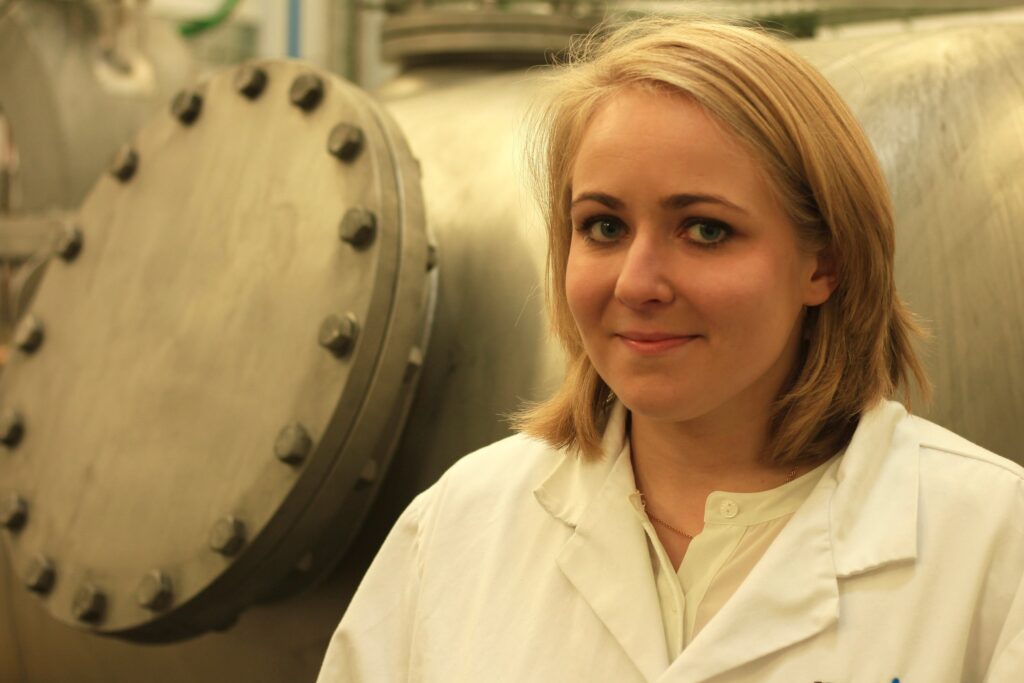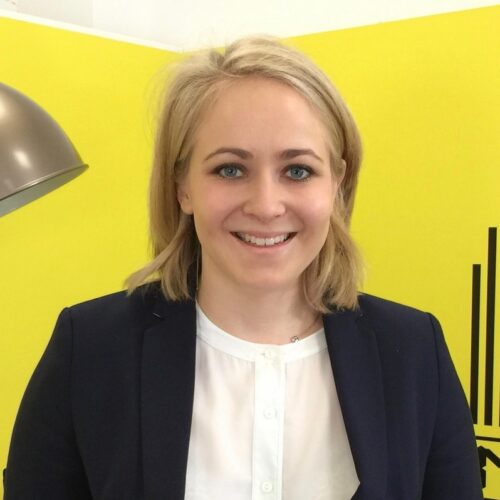This week we caught up with Catharina James, pioneering graphene researcher and Co-founder and Chief Scientist at Cambridge Nanosystems. She told us what sparked her interest in nanotechnology, why we should all care about graphene, and her biggest challenges and successes in setting up Cambridge Nanosystems.
What first got you interested in nanotechnology and specifically in graphene?
Graphene is electrically conductive, thermally conductive, really light, really strong, semi-transparent, highly stretchable, a good barrier material… So, strangely, even though nano-technology is about very small things, it opens up a huge range of possibilities.
My interest was sparked during my Ph.D. when I worked on a carbon nano-material similar to graphene. That’s when I started to get a proper insight into that world, and it had so much potential in so many different areas, which really appealed to me as a person. I don’t like to restrict myself to a narrow field – I’m always interested in getting as broad an overview of different areas as possible.

What use of graphene are you most excited about and do you think will have the biggest global impact?
What I’m most excited about and what will have the biggest impact are two different things! Gloves that let you climb up walls, transparent textual displays, invisible printed sensors that can monitor your movements and heart rate – these are obviously very exciting and I love working and researching in these areas.
But I think the biggest global impact will probably be in slightly more “boring” things. For example, graphene can potentially be used in batteries, making them higher capacity, faster charging, safer and lighter. The battery market is exploding: electric vehicles, storing renewable energy more efficiently etc. I think graphene will have a massive impact in how we power our devices in the future.
But there are also other applications, such as making corrosion-resistant coatings. It sounds really boring, but actually corrosion is a $2 trillion problem every year globally. Having a material like graphene that can stop not just solids and liquids but even gases such as oxygen from corroding materials – that can have a massive impact on manufacturing, not least because it will allow us to use cheaper materials.
You’ve developed a particular process for making graphene at Cambridge Nanosystems. What makes it different from other methods?
The main way of making graphene is by mining graphite, then adding a solvent and some soap and putting it in what is essentially a blender. This is quite an inefficient way of making it, and afterwards the material is in a large volume of solvent, which makes it difficult to use.
Our method is quite different in that it doesn’t start with graphite but with a gas – methane. We crack it in a system similar to a kitchen microwave, and assemble the graphene as a gas. What comes out is pure graphene powder without any additives and impurities, which lets us create it at very high quality and very high scale. What also sets it apart from other methods is that we’re using methane, which is a greenhouse gas – 30 times worse than CO2. Lots of processes create methane (farming, landfills, recovering oil etc.), and we’ve developed a way of making something useful out of it, rather than just flaring it off and making CO2.
What are the biggest challenges you’ve faced in building Cambridge Nanosystems?
Hmmm, that’s a very big question – how much time do you have?!
Definitely to begin with it was to create a good team. I think the first challenge in building any company is to have a good team that you work with well and that you can rely on. Also, you have to be able to communicate effectively and work with people who can do what you can’t do.
Then it was establishing our process: standardising it and scaling it up, getting it to work reliably and making the same quality material every time.
Right now it is to find a big industrial use for graphene. There’s a lot of hype around the material for future uses, but we’re still in the R&D phase of most processes. We’re working hard on finding the current big market for the material.
And what have been your greatest successes so far?
As a company, probably standardising and scaling up our process. But my personal biggest achievement was to survive 2015! In 2015 I had to finish my Ph.D., move Cambridge Nanosystems from the various different offices and labs we were working in to our own facility, and I got married as well…So that was quite a busy year!
What’s next on the horizon for you and Cambridge Nanosystems?
I think bigger scale contracts and direct delivery into production processes. We’re now forming partnerships with different industries – from ink to composites and batteries – and delivering our material into these areas, not just for research projects but also for industrial applications.
To book Catharina James as a keynote speaker, contact Leo at leo@vbqspeakers.com or on 0044 (0) 7833 727090.
